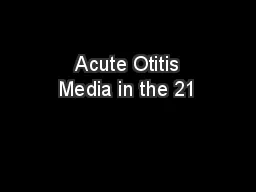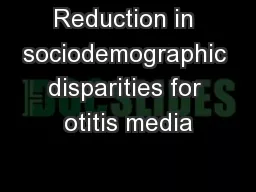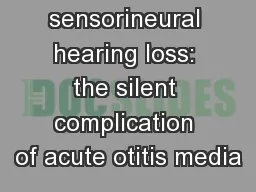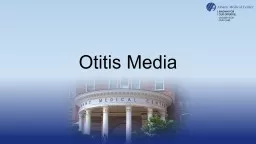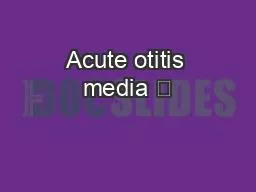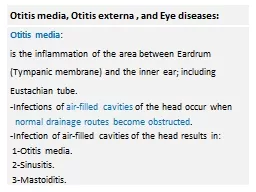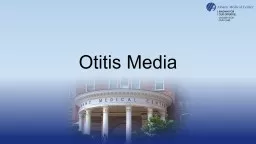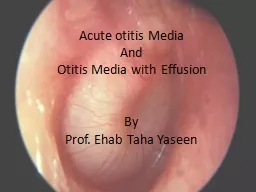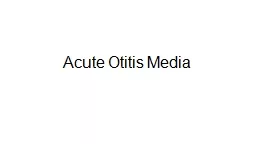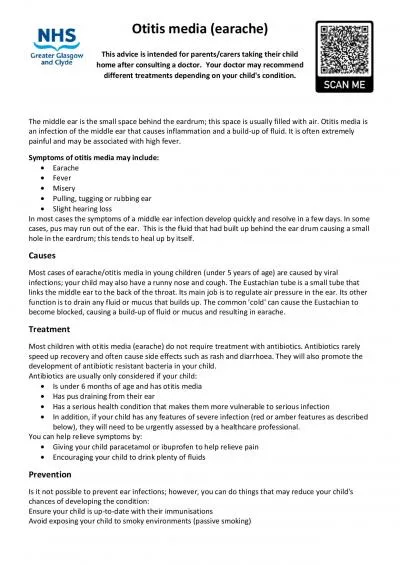PPT-Acute Otitis Media in the 21
Author : liane-varnes | Published Date : 2020-04-10
st Century What Now Richard C Wasserman MD MPH Jeffrey S Gerber MD PhD Prepared by Jana May Marie B Cruz MD Objectives Define Acute Otitis Media AOM Determine
Presentation Embed Code
Download Presentation
Download Presentation The PPT/PDF document " Acute Otitis Media in the 21" is the property of its rightful owner. Permission is granted to download and print the materials on this website for personal, non-commercial use only, and to display it on your personal computer provided you do not modify the materials and that you retain all copyright notices contained in the materials. By downloading content from our website, you accept the terms of this agreement.
Acute Otitis Media in the 21: Transcript
Download Rules Of Document
" Acute Otitis Media in the 21"The content belongs to its owner. You may download and print it for personal use, without modification, and keep all copyright notices. By downloading, you agree to these terms.
Related Documents

